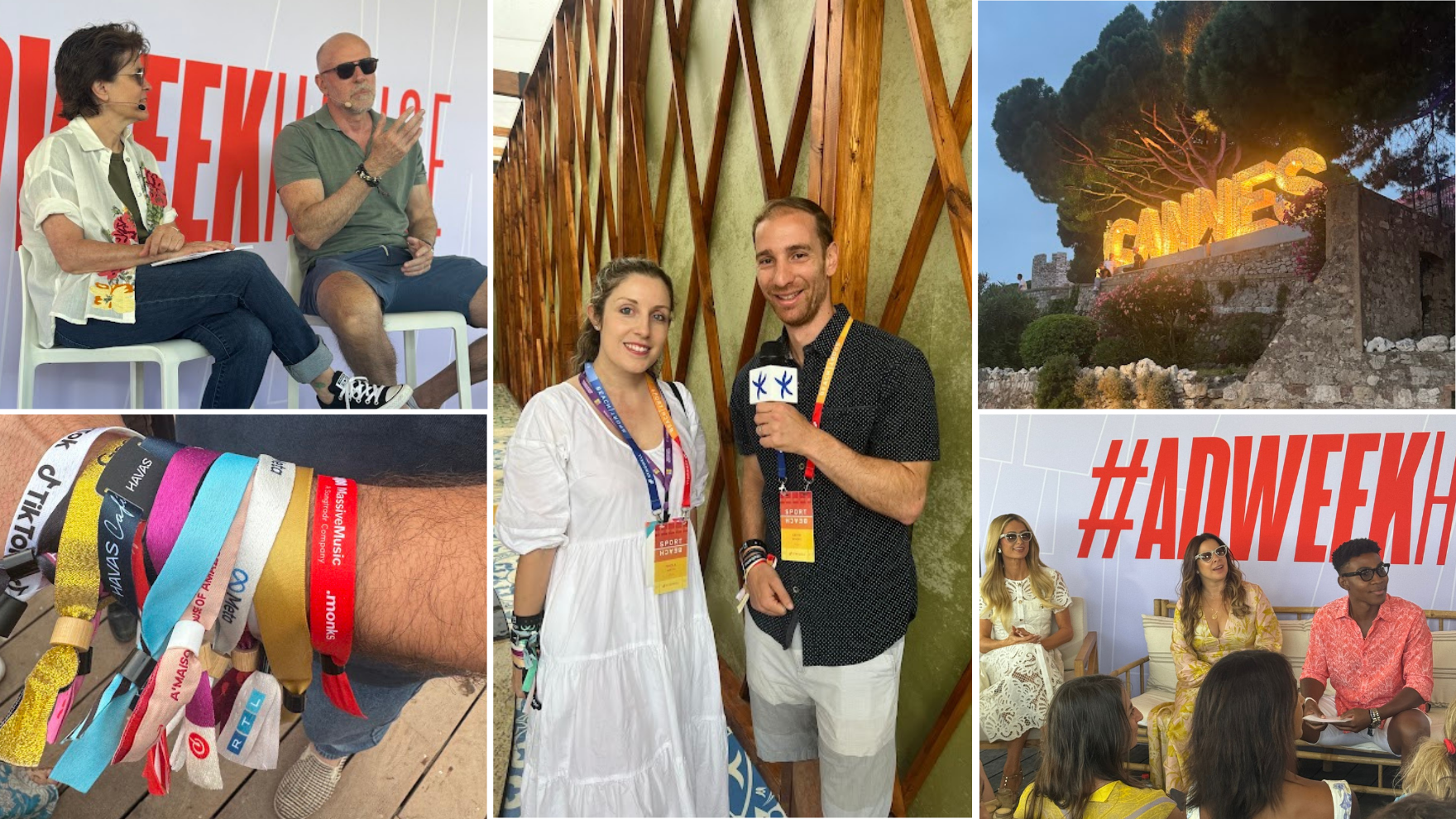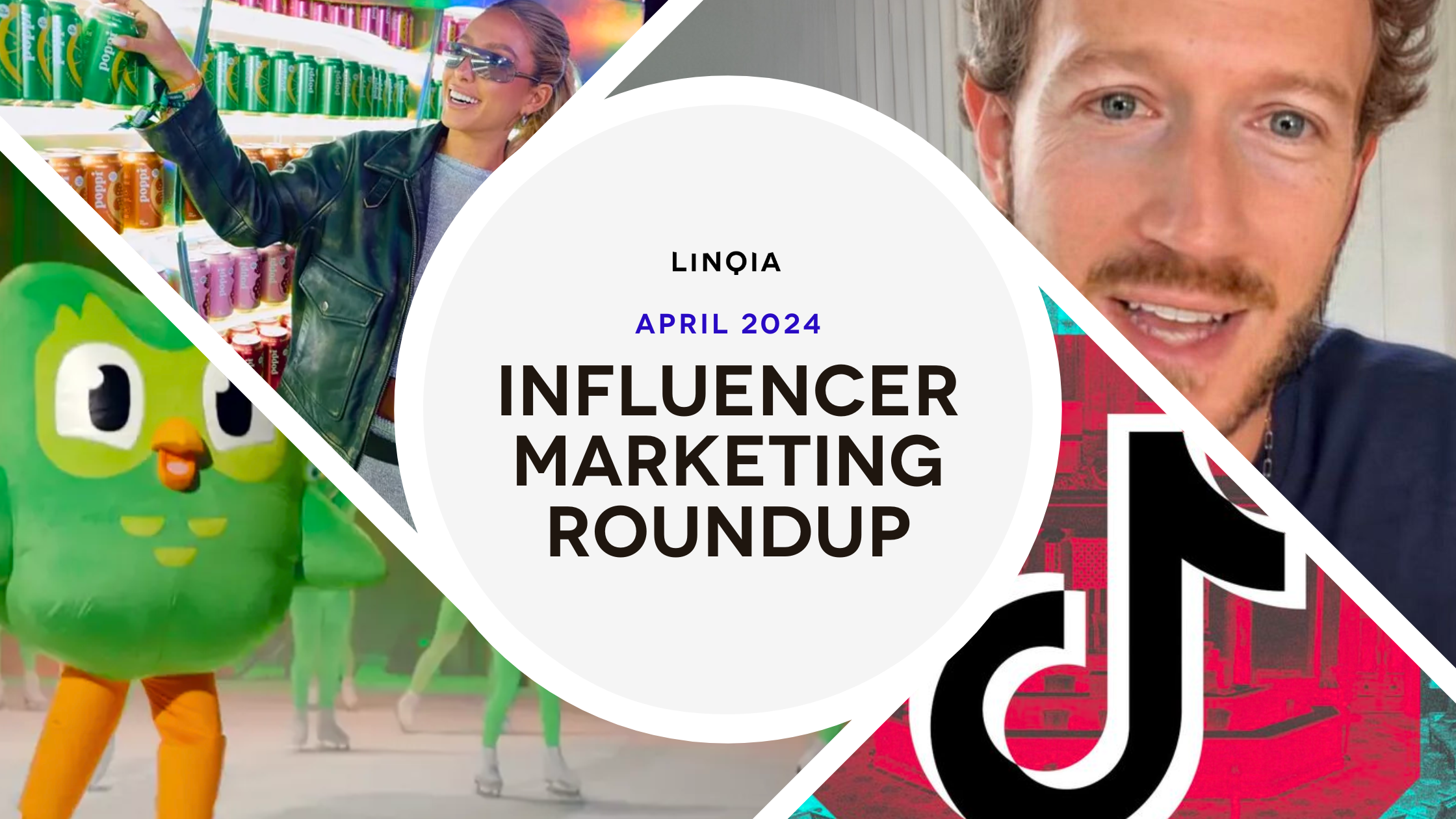There’s a lingering, yet valid, question in influencer marketing circles today – how can we protect click value and combat traffic fraud?
Clicks alone used to be enough to prove a campaign was working, but technology today empowers marketers to track the source of these clicks and many aren’t liking what they see.
A study from the Association of National Advertisers found that bots interacted with 11% of display ads and 25% of video ads, adding fraudulent traffic to performance reports. And these bots don’t discriminate – all levels of ad buys were affected. Direct ads were the least targeted while programmatic ads proved the surest way to see bots in traffic flow.
Despite the existence and regular use of software built to identify and block bots, it’s even more difficult to block another source of traffic fraud: click farms.
Click farms are groups of (usually low-paid) workers who are hired solely to click on upwards of hundreds or thousands of paid advertising links a day. Some websites offer as many as 1,000 clicks for $1, making it easy for anyone to send thousands of fake visitors through a link.
How can you avoid losing your budget to fraud?
With forethought, most bots and click farming can be minimized and controlled. Here are four methods you can use to ensure your click traffic remains valuable:
- Keep a bot list. Comb through suspicious traffic and look at your company’s white and blacklist parameters to determine if any adjustments need to be made. Look carefully at IP range, frequency of clicks, and enlist third party sources to help manage bot lists. Traffic from any bot list domains should be blocked or blacklisted immediately from your website.
- Pay attention to location. The vast majority of click farms are located in Southeast Asia, so unless your target audience is in that region, this raises a red flag. Traffic from these locations is highly suspect and should be blocked or closely monitored to reduce bot traffic.
- Use flood controlling. Regulate the frequency of clicks per IP address (or a single user) within a specific time frame. For example, flood control could allow a user only three clicks within two minutes. Bots and click farms may still get a few clicks in, but flood control prevents them from contributing a meaningful portion of your traffic.
- Activate click capping. Limit the number of times an IP address can click on a link for all time. If you’re working in a campaign with a specific end date, implement click capping for the duration of a program. Activating click capping empowers you to immensely cut down on the impact of traffic fraud.
At Linqia, we understand the true value of a click and we strive to ensure all clicks are from real, interested audiences. All of our influencer campaigns employ the techniques above to ensure the traffic delivered from our Storytellers is human and truly influenced to take the desired action. We also recommend that our clients use third party tracking tools to help validate real clicks, such as Google’s DoubleClick for Advertisers (DFA), when running any type of ad campaign.
For detailed information about how Linqia filters traffic and counts clicks, visit our Help Portal.




